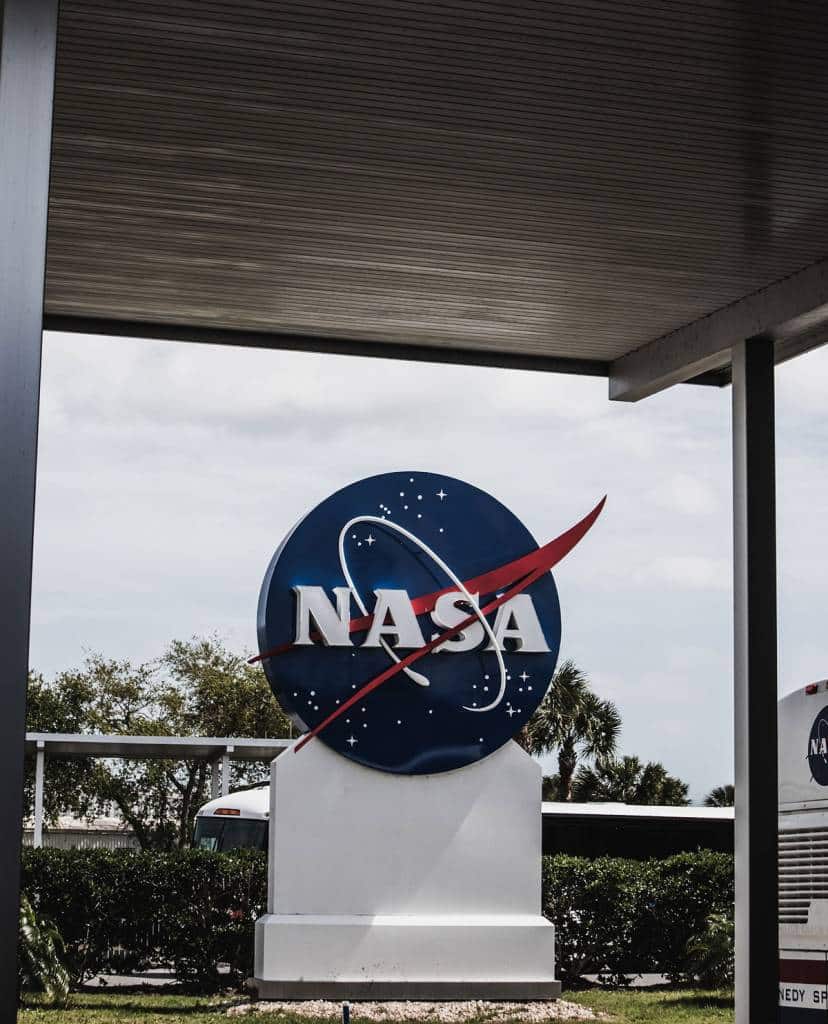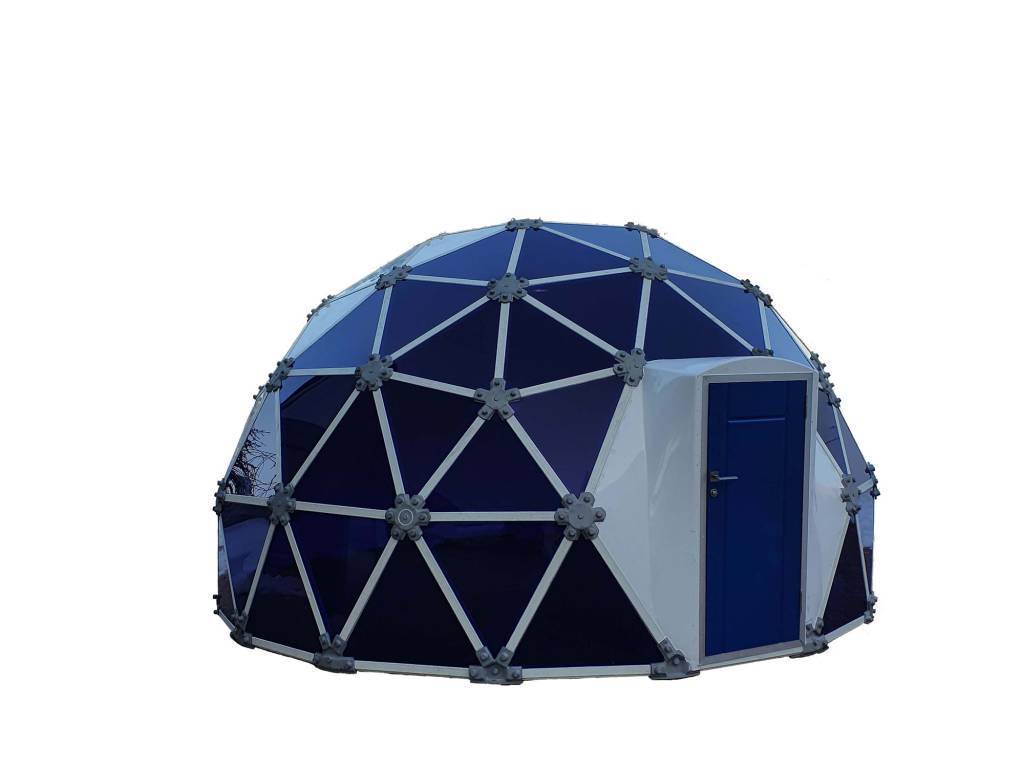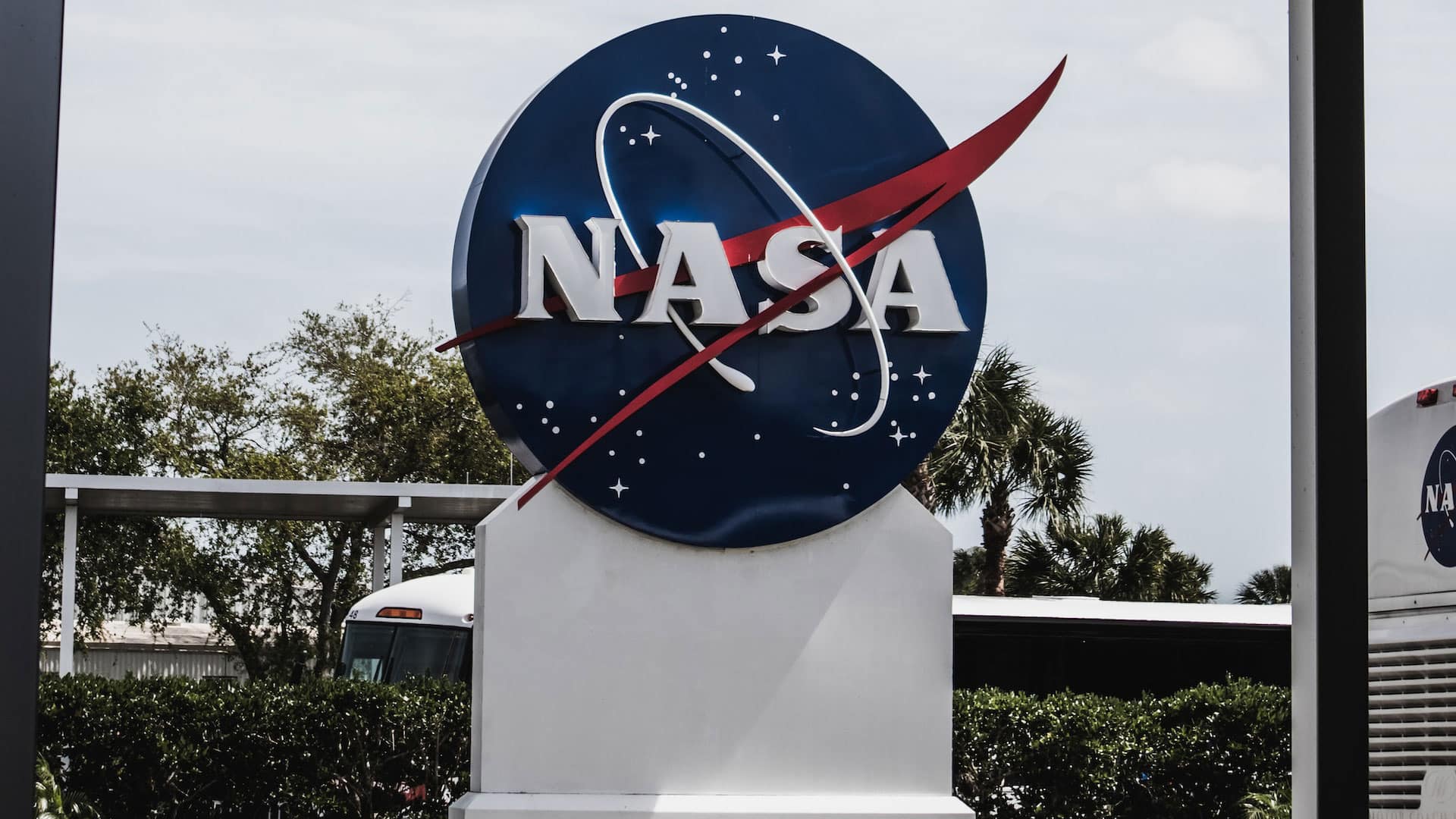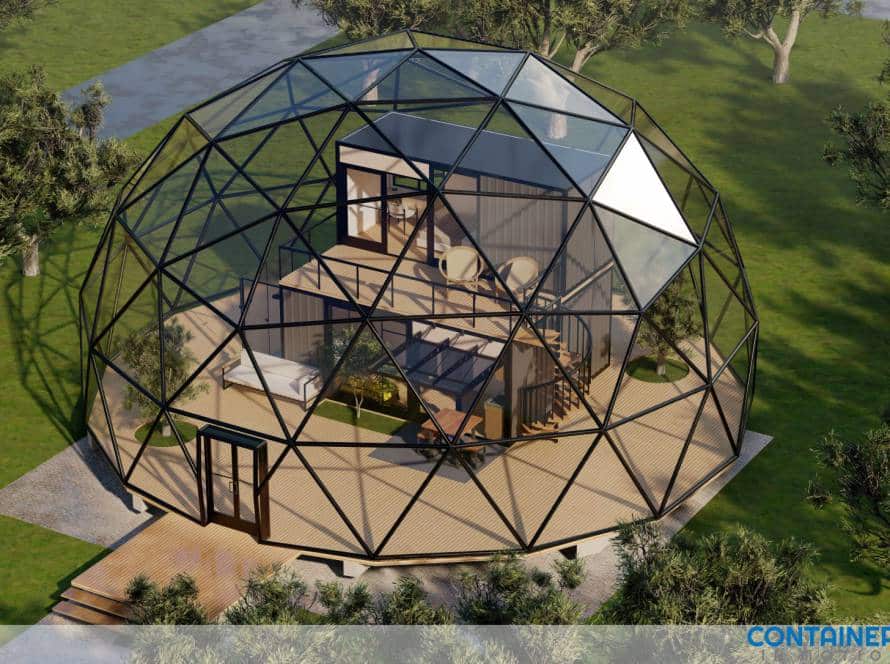How NASA will provide glass domes for Astronauts on Mars as a shelter

What are glass domes?
Glass domes are a popular architectural element used to cover the tops of cylindrical buildings. They have been used on buildings such as homes, storage facilities, observation towers, and more. These domes come in many sizes and can be made up of clear or tinted glass. The domes are often built to withstand high winds, harsh weather, and extensive sunlight which makes them a popular choice for various building structures.
Glass domes are a common feature in the modern world. We see them in luxury cars like Rolls Royce, BMW, and Mercedes-Benz, used by the US military, and they’re also found in office buildings. Most people know them as being used as an enclosure for astronomy purposes. They are also used by astronomers to observe rain showers and thunderstorms to prevent damage to their instruments. They are also used in modern luxury homes that sit at the top of hills and mountains where the wealthy can watch over the city. The dome allows for a more natural view of the sky.
They can be used as refugees for astronauts on Mars — a concept that is being explored by NASA. A new glass dome will allow the astronauts to exercise outside the space shuttle while facing their respective world realities.

Glass Domes for Astronauts
The glass dome space station would be the perfect place for an astronaut to live for a long time. It looks like a small bubble, which is really cozy and warm, especially with the large windows on all sides. It will be mesmerizing for an astronaut to watch Earth from such a small distance, imagining that they are sitting in their own living room. They would get enormous pleasure from studying Earth in such close proximity. It will be just like being at home where you can look at the clouds, the sky, and the stars through the glass dome of your house.
Future astronauts on the Moon or Mars will be able to enjoy a spacious habitat by utilizing the use of dome-shaped space quarters. The spherical glass domes will have a diameter of 30 meters to serve as laboratories with living and sleeping spaces. Both surface areas on both the Moon or Mars are ideal for these habitats.
In the future, glass domes on the Moon or Mars could provide a luxurious setting for astronauts, who will have to spend extended periods of time in space. These domes would feature self-sustaining life support systems, along with artificial gravity and an Earth-like atmosphere.
These can give the illusion of openness when living on a planet with an unbreathable atmosphere. The curved glass roofs allow for the light to pass through which could give an almost otherworldly feeling, at peace with the universe.
The dome design which consists of a few independent domes is an ideal way for the space habitat on Moon or Mars. This is because it can be built and landed at a lower cost than the rigid structure due to its flexible pressurized structure materials (although the glass needs to be thick for low-temperature environments and high pressure). Besides, each glass dome module could be made from smaller tiles (or small parts) so that the risk of losing one module could be minimized. And, another advantage is that it’s more flexible than rigid structures as you can easily rotate, expand, or rebuild new habitats even though they are not designed in such a way by design.

Glass Domes are one of the best space habitat designs for astronauts on the Moon and Mars
- Glass domes are a space habitat design that can be used as a temporary home for astronauts on the Moon and Mars, but also as a way to house refugees in disaster situations as it is made of lightweight materials.
- The domes will be able to withstand high winds and extremely hot weather and shielded from ultraviolet radiation, extreme temperatures, or cosmic radiation (mainly gamma and neutron, heavy ions, and cosmic rays).
- NASA is working on creating an ultra-light and cheaply manufactured version of special glass domes that will be used by astronauts living on Mars to home in on celestial bodies. The goal is to make the domes watertight, so they can float around in Mars’ atmosphere and emit light that can be detected from Earth.
- It is a space habitat design that can be used as a temporary home for astronauts on the Moon and Mars, but also as a way to house refugees in disaster situations. The glass dome is made of lightweight materials, such as aluminum, polycarbonate, glass or acrylic, and fiberglass that can be assembled quickly using pre-prepared standardised components, making it easy to set up and move around.
- Both of these missions are in our future, and designers like to use these type of domes as the space habitat design for astronauts on the Moon and Mars. These domes will keep the astronauts happy during their long missions with natural light and ventilation.
- With a healthy atmosphere provided by greenhouses, these domes can be used as a space habitat design for astronauts on the Moon or Mars.
- These are unique solutions to provide natural light and views while protecting the space habitat inside. They will be transparent with a built-in fan and lighting system, it will give the space habitat a unique look.
- These glass domes, which house our own crew members and Earth-bound drones and aircraft, can be made in many shapes and sizes. With high temperature and low radiation, these domes are designed with safety in mind.
- Not only you will be able to see the stars of our solar system through the transparent glass dome, but you will also enjoy the view of Earth from this amazing vantage point.
- They keep the air inside and protect astronauts from radiation, which is why these dome habitats are a staple in space exploration.
Advantages of Glass Domes
- Glass Domes are protection for astronauts.
- These can be used as a space habitat design for astronauts on the Moon and Mars.
- The weight of the glass domes is light and suitable for transport.
- These domes will be made of glass, which can withstand extreme temperature swings.
- It will provide protection from solar radiation and micrometeorites.
- They could protect astronauts from cosmic rays, solar flares, and other harsh influences in outer space.
- These spacious domes are made of top-quality and lightweight materials such as polycarbonate, glass, or acrylic.
- The material will not deteriorate, even if left in the harsh conditions of outer space.
- They can be designed to be transparent or opaque according to the needs and requirements.
- These are space habitat designs that can be used as a temporary home for astronauts on the Moon and Mars and as part of disaster relief efforts in remote areas such as on Earth’s poles.
- It is an innovative dome structure that provides an airtight, sealed environment to protect astronauts inside.
You might also like : https://blogs.nasa.gov/artemis/2022/07/22/teams-press-ahead-toward-artemis-i-launch-in-late-august/



